NZXT Kraken G10 Review: Liquid Cooling for Your GPU
by E. Fylladitakis on March 11, 2014 1:15 AM EST- Posted in
- Cases/Cooling/PSUs
- NZXT
- Water Cooling
- Kraken
- G10
The Kraken G10
Essentially, the Kraken G10 is just a steel bracket that locks onto an Asetek-based round waterblock and allows its installation on graphics cards. NZXT offers the Kraken G10 in three glossy colors: black, white and red. We received the black version of the bracket.
The paintjob is very good at the top of the bracket, with a very clean glossy finish, yet it's not very good on the bottom side of the bracket, as it is uneven and even sagging near the edges. It is the top side that will be visible once the cooler is installed on a card, yet a more careful paint job would not hurt. The company logo is etched on the side of the Kraken G10, in direct line of sight from a side panel window. Two large cable tie mounting points can also be seen, which can be used to hold the hoses and/or the cables of the liquid-cooler.
Installation
The installation of the Kraken G10 is fairly easy. Once the stock cooler of the graphics card has been removed, the 92mm fan should be installed on the bracket with its engine facing upwards. Then the bracket can be easily installed on the liquid-cooling block by using the same plastic locking ring included with the kit's CPU installation hardware. Ideally, the hoses should be facing towards the front side of the bracket, as the cable ties can be used to hide them behind the bracket.
Once the block+bracket assembly is complete, it is a simple matter of using the backplate and installation screws included with the G10 in order to attach it to a graphics card. The installation of the Kraken X40 kit with the aid of the Kraken G10 on an EVGA GTX770 is depicted in the gallery below.
Note that it may be necessary to remove more than just the main cooler of the graphics card; as shown below, the RAM/VRM heatsink of the graphics card prevented the block from seating on the GPU and had to be removed as well. This will vary according to your choice of GPU/card.


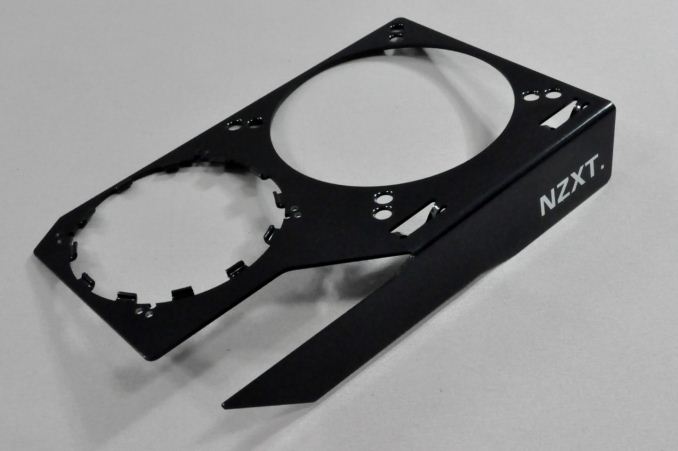
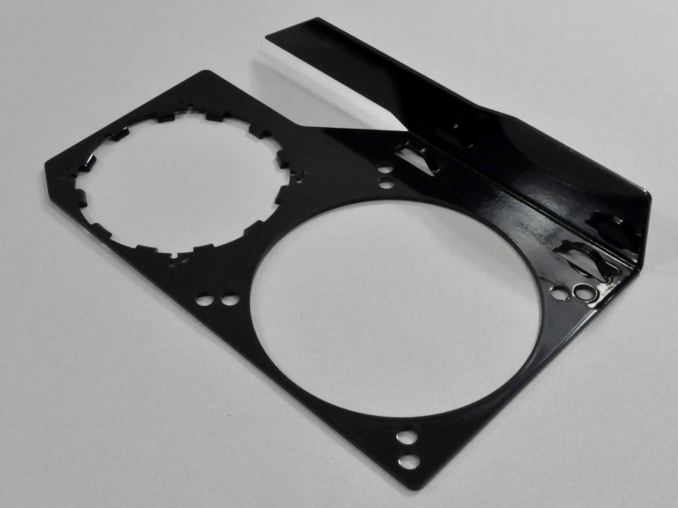
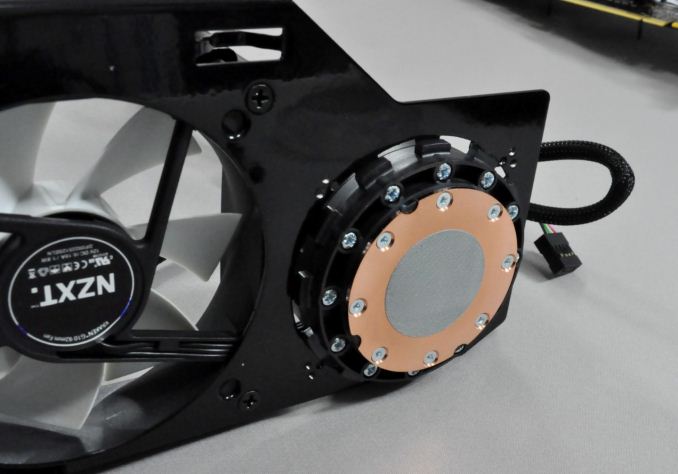
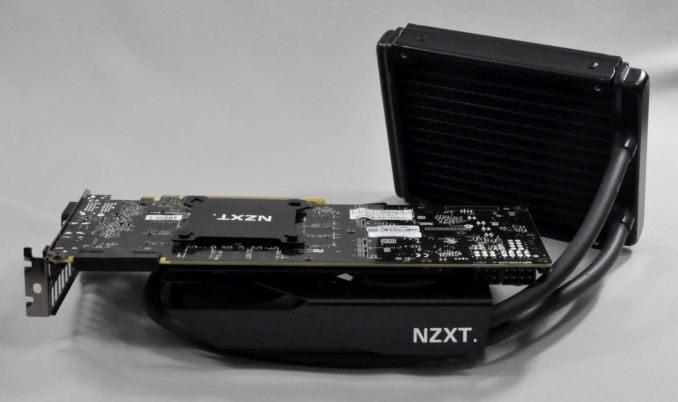
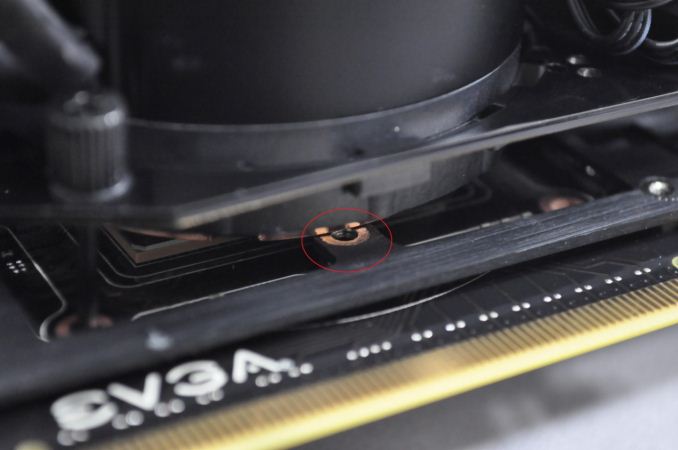








61 Comments
View All Comments
kyuu - Wednesday, March 12, 2014 - link
Awesome, thanks for the info.Jioker - Wednesday, July 23, 2014 - link
Hi mate, I was wondering if you could give me/us a more in depth "installation guide" of the heatsinks on the VRMs (as I got a bit confused)? It would very helpful! :DWhatchagot - Tuesday, March 11, 2014 - link
I thought the issue was that GPU liquid coolers need to cool VRM too. While they seem to perform well they don't cool the whole unit properly. Please correct me if I'm wrong.E.Fyll - Tuesday, March 11, 2014 - link
That is partially true. You see, it is not unlikely that the VRM of more powerful cards may require extra cooling, especially if the removal of the stock cooler means that the VRM will remain entirely without cooling. However, with the EVGA GTX 770 that I used for the review, the temperature increase of the VRM section was marginal, at best. It would appear that it depends on several factors, such as the design and the power of the card. I only had one card to test it on so I apologize for the lack of extensive data on the matter.Whatchagot - Tuesday, March 11, 2014 - link
Thanks for sharing the experience. Many people are interested in how to cool the GPU better and quieter.Any noise measurements or perceived improvements in noise?
E.Fyll - Wednesday, March 12, 2014 - link
Well, that would depend on the AIO kit used, the speed of the fans, etc. I suggest that you read our roundup review of AIO kits, that should help you select the most suitable Asetek-based kit according to your needs.Popskalius - Tuesday, March 11, 2014 - link
why not just have longer hoses?Yungbenny911 - Tuesday, March 11, 2014 - link
It depends on the type of closed loop cooler you are using. I personally prefer shorter hoses to reduce the time it takes the coolant to go back through the radiator, and back to the GPU.WithoutWeakness - Tuesday, March 11, 2014 - link
I hate to say but the length of the hoses and their effect on the time it takes coolant to flow from the block to the radiator has next to no impact on the cooling potential of a water loop. The whole loop is full of liquid and the block always has water flowing through it. The length of hoses does not affect the flow rate of a water loop - the pump does. You could use 1 foot hoses or 10 foot hoses and the water would flow at the same rate (gallons/minute or liters/minute) on a given pump.mpdugas - Tuesday, March 11, 2014 - link
However, the longer hoses hold more fluid; that is a cooling benefit in-and-of itself.One thing I noticed about LC; the latent heat in the liquid keeps the CPU/GPU warmer, longer, than a good AC kit.
The thermal shock is less, however, as the CPU/GPU warms more slowly and cools more slowly, as well.